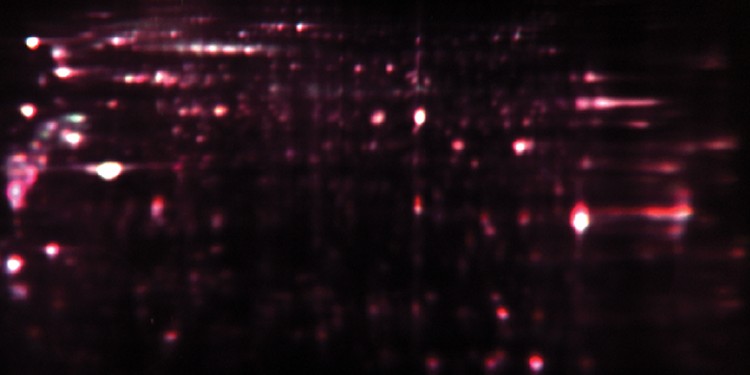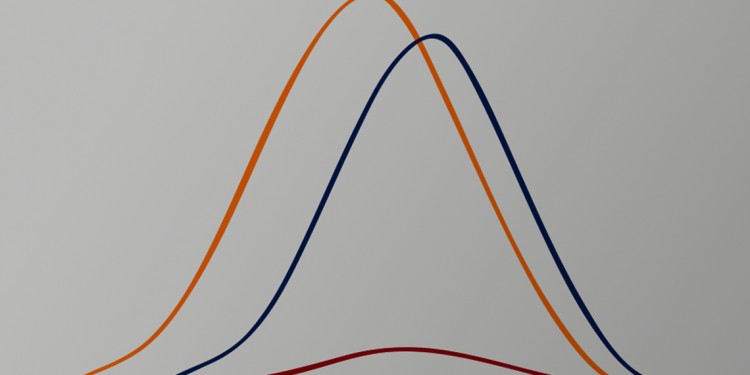
Video Tutorial for Analyzing Binding Interactions with Histidine-Tagged Proteins

Transitioning from Chemiluminescent to Multiplex Fluorescent Blotting: Things to Consider

Guidelines for Developing Robust and Reproducible High-Resolution Melt Analysis Assays


